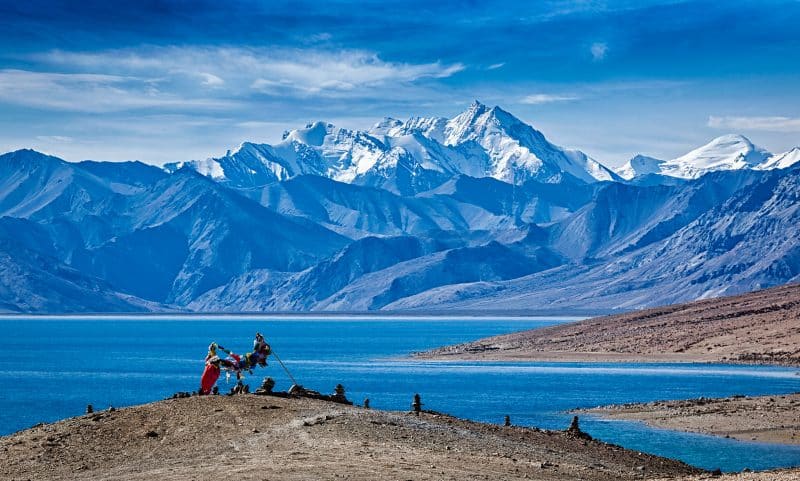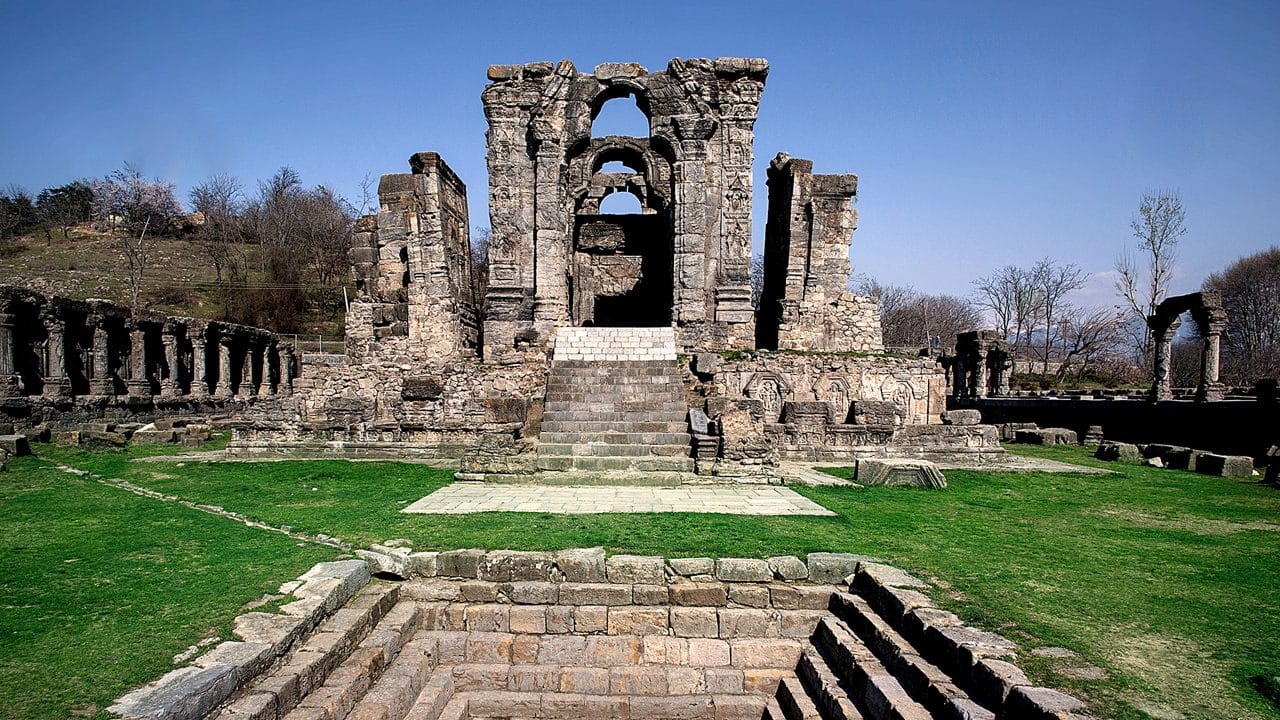Overview of Kashmir

Kashmir, often referred to as "Paradise on Earth," is a region in northern India and northeastern Pakistan, renowned for its breathtaking landscapes, rich cultural heritage, and complex historical significance. Nestled in the Himalayan mountains, the region encompasses the Kashmir Valley, Jammu, and Ladakh, with parts administered by India and Pakistan, and a small portion by China. This article provides a concise overview of Kashmir's geography, history, culture, and contemporary significance.
Geography
Kashmir is located in the northwestern part of the Indian subcontinent, bordered by the Himalayas to the north and the Pir Panjal range to the south. The region features:
- Kashmir Valley: A fertile basin drained by the Jhelum River, known for its lush meadows, orchards, and lakes like Dal and Wular.
- Jammu: A region of plains and foothills, home to the city of Jammu, a major cultural and religious hub.
- Ladakh: A high-altitude desert region, often called "Little Tibet," known for its stark landscapes and Buddhist monasteries.
The region's diverse topography supports varied ecosystems, from alpine meadows to snow-capped peaks, making it a haven for biodiversity and tourism.

History
Kashmir's history spans thousands of years, marked by a blend of cultural influences and political changes:
- Ancient Period: Kashmir was a center of learning, with contributions to Sanskrit literature and early Buddhism. The region was ruled by Hindu and Buddhist dynasties.
- Medieval Era: The arrival of Islam in the 14th century, through Sufi saints and rulers, shaped Kashmir's cultural and religious landscape. The Mughal Empire (16th–18th centuries) brought prosperity, with emperors like Akbar and Jahangir patronizing gardens and architecture.
- Modern History: After Mughal rule, Kashmir came under Sikh and later Dogra rule in the 19th century. Following India's partition in 1947, Kashmir became a contested region, leading to its division between India (administering Jammu, Kashmir Valley, and Ladakh) and Pakistan (administering Azad Kashmir and Gilgit-Baltistan). A small area, Aksai Chin, is controlled by China.

The region's political status remains a subject of international dialogue, with ongoing discussions about autonomy, governance, and cross-border relations.
Culture
Kashmir's culture is a vibrant tapestry woven from diverse influences:
- Language: Kashmiri, Urdu, Hindi, and Dogri are widely spoken, with Kashmiri being the primary language of the valley.
- Cuisine: Kashmiri cuisine is famous for its rich flavors, with dishes like rogan josh (spiced lamb curry), gushtaba (meatballs in yogurt gravy), and kahwa (saffron-infused tea).
- Art and Craft: Kashmir is renowned for its handicrafts, including Pashmina shawls, handwoven carpets, and papier-mâché work. The region's traditional music, such as sufiana kalam, reflects its spiritual heritage.
- Festivals: Kashmir celebrates festivals like Eid, Diwali, and Losar, reflecting its multi-religious identity. The annual Shikara Festival on Dal Lake showcases traditional boat races and cultural performances.

Contemporary Significance
Today, Kashmir is a globally recognized region for its natural beauty and cultural heritage, attracting tourists to sites like Srinagar's houseboats, Gulmarg's ski slopes, and Leh's monasteries. However, its strategic location and historical complexities make it a focal point in regional geopolitics. Efforts to promote peace, sustainable tourism, and cultural preservation continue to shape Kashmir's future.
See Also
- History of Kashmir
- Kashmiri Culture
- Tourism in Kashmir